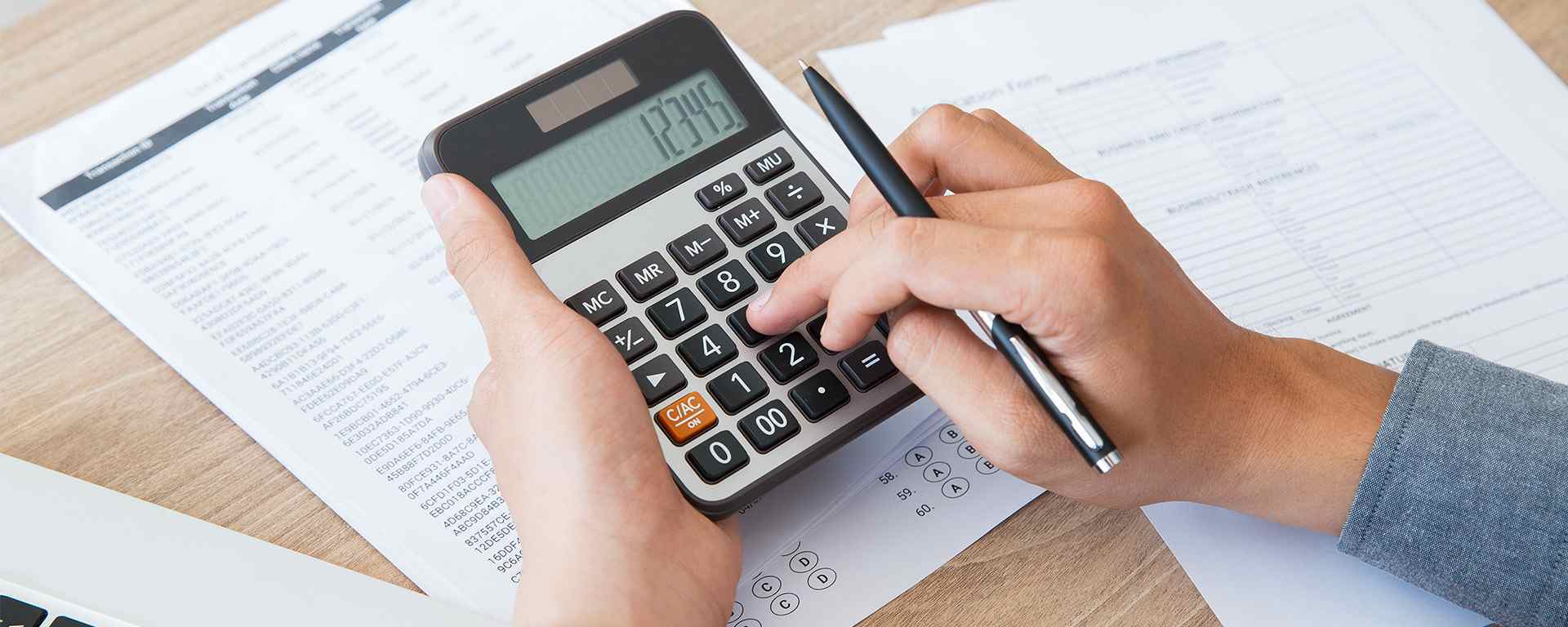
Improving Manufacturing Overall Equipment Effectiveness (OEE) with a CMMS
Looking to improve your Overall Equipment Effectiveness (OEE)? Here's how Maintenance Connection can help make that happen.
Solutions
Workplace Management Solutions
Real Estate Management Solutions
Maintenance Management Solutions
Energy Management Solutions
Engineering Document Management Solutions
Asset Management Solutions
Automate campus scheduling for classes, meetings, and exams with our EMS software.
Plan and manage conferences effortlessly with EMS software to impress guests and streamline operations.
Boost workplace flexibility and maximize space use with seamless desk and room booking.
Organize workplace or campus events smoothly, creating memorable experiences.
Optimize workspace, manage allocations efficiently, and reduce costs with our space management solutions.
Deliver projects on time and within budget by improving communication, collaboration, and efficiency with our software.
Streamline lease accounting for ASC 842, IFRS, and GASB compliance.
Manage leases efficiently by tracking key dates, analyzing costs, and ensuring compliance.
Centralize data and analytics for better insights, faster negotiations, and revenue growth.
Centralize facility and asset maintenance, automate work orders, and ensure compliance with our CMMS software.
Extend asset life, reduce downtime, and prevent costly repairs with data-driven monitoring.
Prevent equipment failures and extend asset life by detecting and addressing issues early.
Make sustainable, cost-efficient energy decisions by monitoring and optimizing power consumption.
Remotely monitor and control equipment with real-time data to predict issues, boost efficiency, and reduce downtime.
Easily share and collaborate on documents, creating a single source of truth for engineers and contractors.
Manage and analyze assets across their lifecycle to schedule maintenance, reduce downtime, and extend lifespan.
Improve visibility, automate work orders, and ensure compliance for efficient facility and asset management.
Resources
Browse our full library of resources all in one place, including webinars, whitepapers, podcast episodes, and more.
Support
Looking for access to technical support, best practices, helpful videos, or training tools? You’ve come to the right place.
About Accruent
Get the latest information on Accruent, our solutions, events, and the company at large.

Explore how to identify and develop key performance indicators and success metrics for your organization.
Table of contents
It is a metric that every business team should have and should have meaning across your organization so that you can measure, manage and achieve results.
The term “key performance indicator” is used, maybe overused, and often little understood.
In fact, to develop your KPIs, you need to start with the result you are trying to achieve. Then, create an actionable scorecard for each KPI by selecting a maximum of 6 measurements that are most important to achieving your goal. All measurements should be specific and measurable. You may need to prioritize your KPIs in order to ensure you select the appropriate number of KPIs.
In addition, you will need to decide who should receive reports of the results and how frequently you will report on the data. For example, success metrics for your grocery may be tracking utilization every day, asset availability every week, and kilowatt hours per square foot every month. Leverage site attributes (e.g., rack type, water system) and normalize your data, ensuring all equipment data (e.g., asset & warranty details) is in place.
Use your data and processes to drive benchmarking.
The source for your raw data will depend on the metric you are tracking. For example, your source for kilowatt hours per square foot will be your utility bills.
Utilizing the business intelligence that you have gathered, leverage your analytics to drive change. First, you need to determine a benchmarking period and a comparison period. Use your standard operating procedures to ensure you get consistent results when normalized for other variables.
Now it is your turn. Keeping in mind “what’s important” and “what drives performance”, think about a business challenge you have. Develop 3-6 meaningful success metrics. Determine how the metrics will be measured and the criteria to gather “good” data. Decide how you will report the results and who will be impacted by the success metrics.
RankKPI DefinitionSuccess Metrics
1 Best-in-Class Service Providers
Service Provider Same Day Fix Rate on Emergencies
Fix Service Level Agreement Performance
Average Work Order Value (Refrigeration > Glass Door Cases)
Work Order Recall Rate
Invoice Rejection Rate
2 Optimize Spend vs. Budget
Annual Maintenance Cost Per Square Foot, By Site Type
Total Maintenance Spend vs. Budget, By Site, District, Region, Org
Average Order Value By Category, By Site Type, By Service Area (Ref > Small Store Format > Midwest)
Work Orders Generated Per Site, Per Month
Emergency Work Order Ration, By Site
3 Best-in-Class Energy Program
Energy Efficiency (kWh and dTh Per Square Foot Analysis) By Site Type (kWh/sqft)
Energy Walk Checklist Results
Energy Measurement Validation - Billed vs. Metered
4 Total Cost of Ownership
Equipment Availability of Critical Assets
Repair vs. Replace Opportunities, By Asset Type (Slicers)
Most Common Break/Fix Faults and Actions (Compressor - Capillary Tube)
Mean Time To and/or Number of Failures, By Equipment Type (Slicer - Failure in Months)
5 Best-in-Class Compliance
Percentage of Planned Preventive Maintenance Events Completed On Time
Ratio of Compliance Events Completed On Time
Ratio of Technician Certification Records
Accuracy of Asset Information
Remember that change is disruptive. Communicate changes to your stakeholders, including why these changes are important and how these changes affect them. To drive change, you need to publish your benchmarks for each metric and report on the results.
Learn more about KPI implementation within grocery management.
Looking to improve your Overall Equipment Effectiveness (OEE)? Here's how Maintenance Connection can help make that happen.
Learn about the 15 most important KPIs in industrial manufacturing, and how to measure your CMMS success.
An enterprise asset management (EAM) system can help your organization drive maintenance improvement and increase your ROI. Here's how.
Subscribe to stay up to date with our latest news, resources and best practices